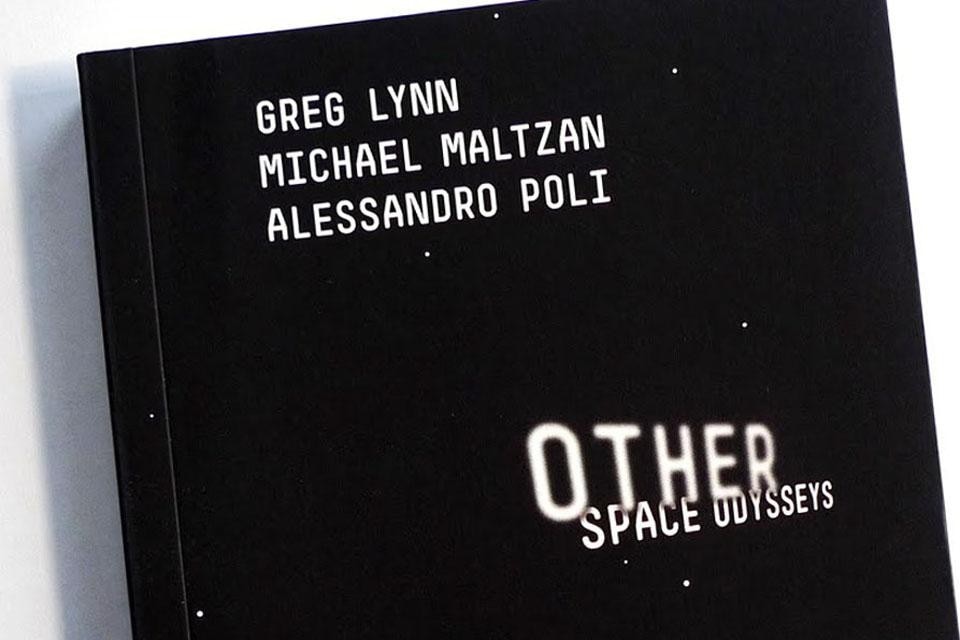While reminiscing about the July 1969 televised moon landing in an interview with Other Space Odysseys editor Giovanna Borasi, architect Greg Lynn reflects: "I've always thought of the moon almost like I would think of Hawaii." Casually reducing the traditionally grand scope of space travel to long-weekend proportions, Lynn makes readily apparent the degree to which the "comforting oxymoron of the glocal," as described by Luis Fernández-Galiano, has pervaded our everyday reality (1). In fact, the global impact of local culture (and vise versa) may not be stretched far enough by current terrestrial terminologies.
Initially central to this contemporary understanding of the world as an interconnected, interdependent, and otherwise tenuously unified singular community was the ability to visualize it as such. The images sent back from near-space exploration, specifically from NASA's lunar missions in the 1960s, provided humanity with a new lens through which to see itself. These now famous images formed the possibility for the notion of a worldwide movement, most famously embodied in the global ecological struggle today lived out in the socio-political debates surrounding climate change. As we enter a new age of fascination with space travel, albeit now with a fundamentally different, profit-based motive, that initial reconceptualization of our status as global citizens suggests the possibility of our learning from space once again.
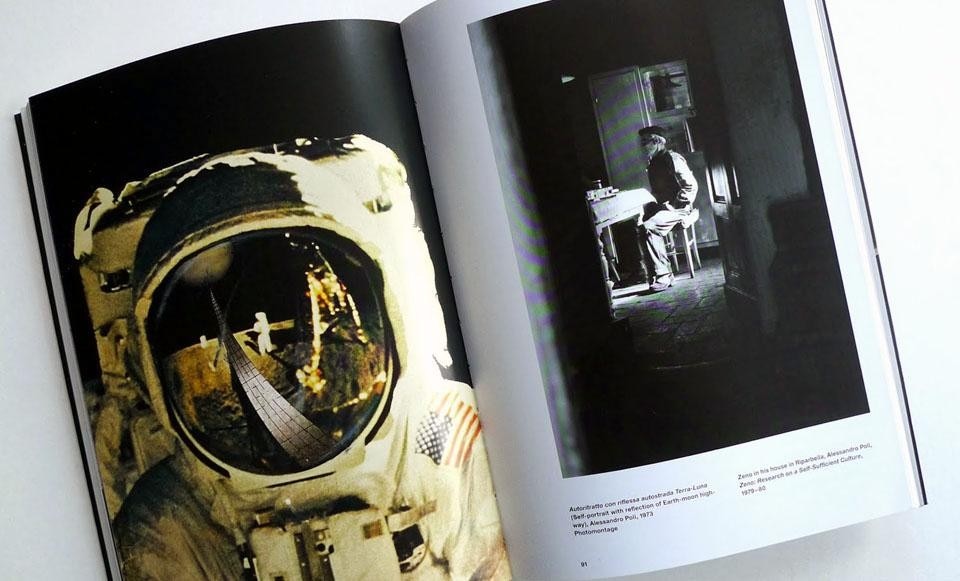
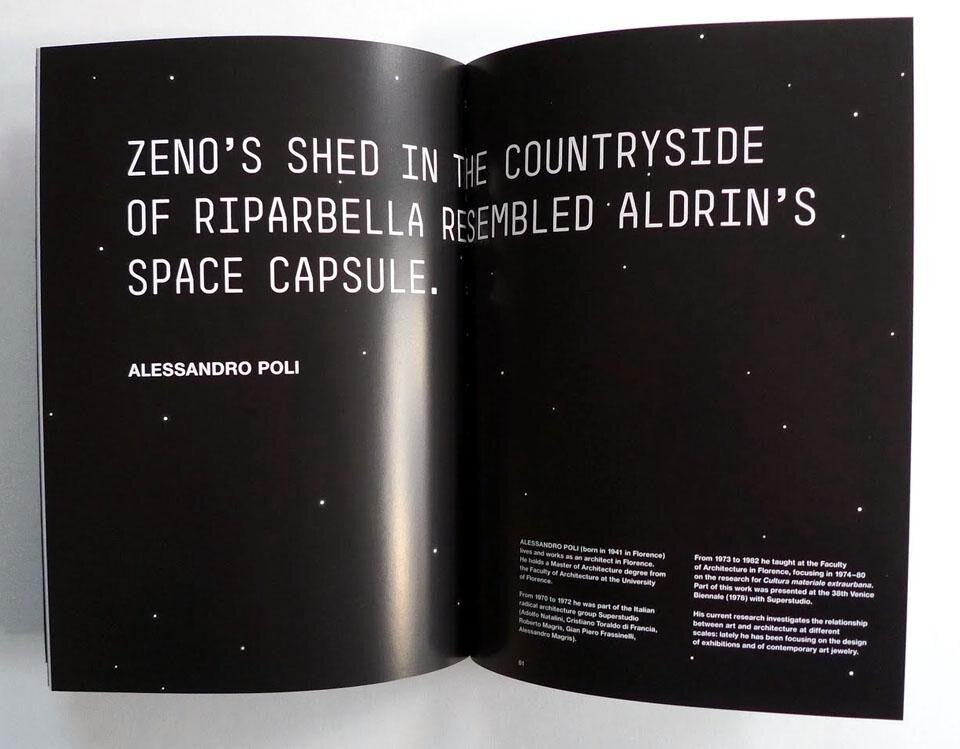
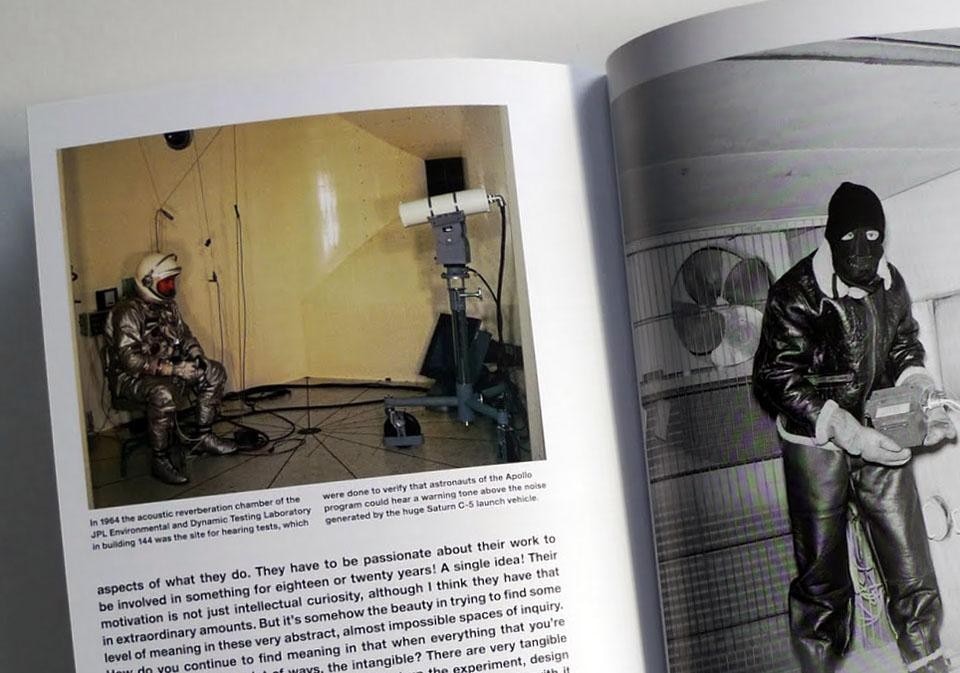
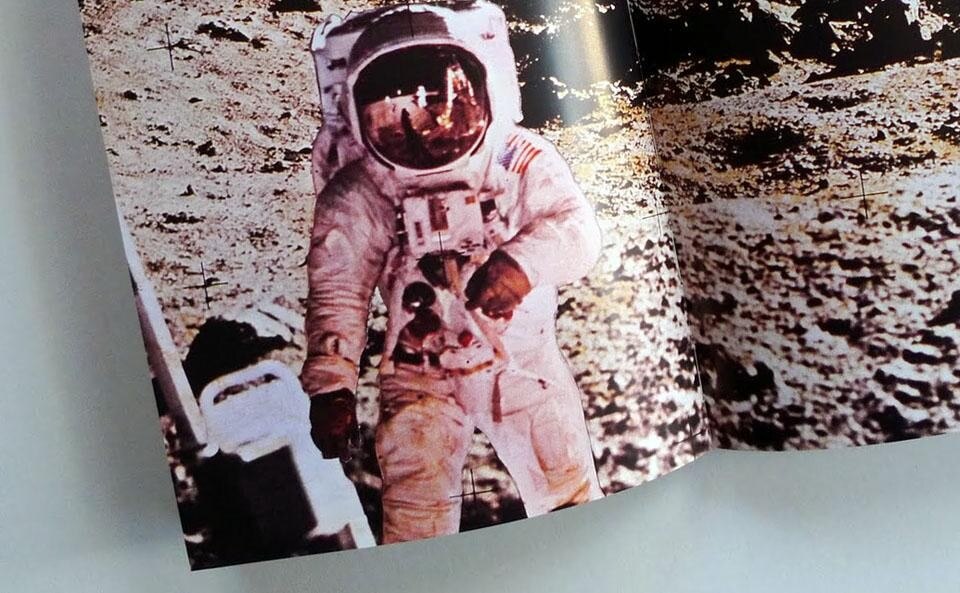
(1) Luis Fernández-Galiano, "Spectacle and its Discontents; or, the Elusive Joys of Arhitainment," in William S. Saunders, ed., Commodification and Spectacle in Architecture, Minneapolis: University of Minnesota Press, 2005, p 2.
Jacob Moore is a New York-based critic with a background in architecture and community organizing.


